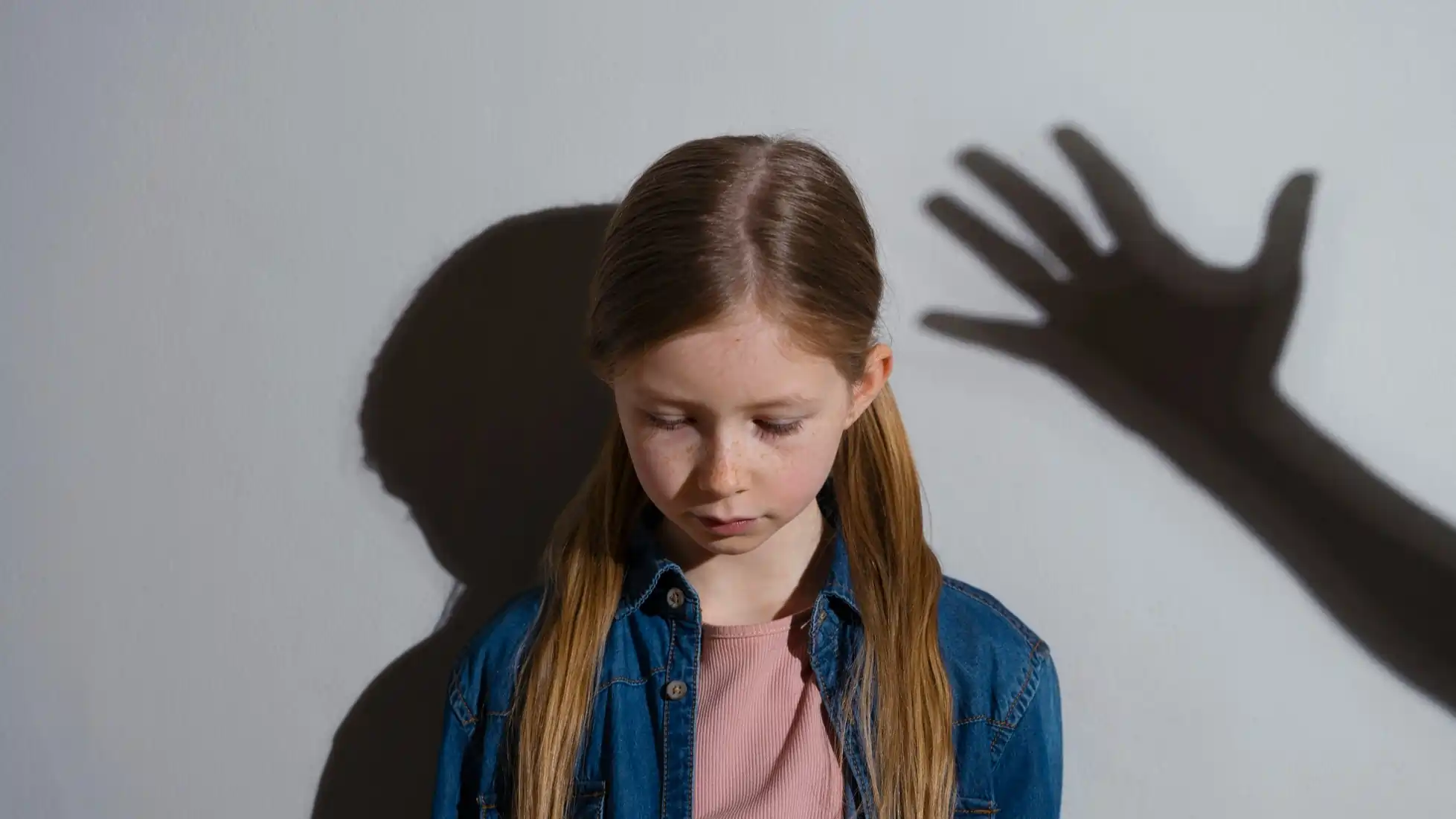Introduction
The Color Purple by Alice Walker is a deeply emotional experience. First published in 1982 and winner of the Pulitzer Prize for Fiction and the National Book Award, The Color Purple is one of the most important novels in American literature.
Set in the early 1900s in the American South, this moving story focuses on Celie, an African American woman who learns to reclaim her voice in a world that has tried to silence her.
What is The Color Purple About?
The Color Purple by Alice Walker tells the powerful story of Celie, a young African American woman in the early 1900s American South, who faces abuse, silence, and oppression from a young age.
Told through her personal letters, the novel follows Celie’s journey from trauma to self-discovery as she finds strength through sisterhood, love, and the courage to reclaim her voice.
It’s a moving tale of survival, identity, and the transformative power of inner resilience.
Major Characters in The Color Purple by Alice Walker
Celie
Celie is the heart of The Color Purple. She begins the story as a voiceless, passive character but slowly transforms into a strong, independent woman. Her journey from silence to self-expression is what makes The Color Purple so powerful.
Nettie
Celie’s sister Nettie is intelligent and kind. She becomes a missionary in Africa and eventually becomes a key to Celie’s emotional survival. Nettie’s letters—which Celie doesn’t receive until much later—reveal important information about their family and offer a broader look at racism and colonialism outside the U.S.
Mister (Albert)
Mister is Celie’s husband and the symbol of patriarchal abuse early in the novel. However, The Color Purple by Alice Walker allows for his growth. Over time, Mister begins to reflect on his actions and becomes a better man, which adds depth and complexity to the story.
Shug Avery
Shug is a glamorous, confident blues singer who becomes Celie’s friend, mentor, and later, her lover. Shug helps Celie find her voice and identity. In The Color Purple, Shug represents sexual liberation and emotional honesty.
Sofia
Sofia is married to Harpo, Mister’s son. She is strong-willed and refuses to be submissive. After an altercation with the mayor’s wife, Sofia is imprisoned and suffers greatly. Her story adds another layer to the novel’s theme of racial and gender oppression.
Summary of The Color Purple
Celie’s Early Life: Abuse and Silence
The novel begins with 14-year-old Celie writing a letter to God. She has been raped by the man she believes is her father, Alphonso. Celie becomes pregnant twice and both babies are taken away.
She is told they have been “given away,” and she never sees them again. Her mother, already unwell, dies shortly after.
Celie continues to suffer in silence. Her only source of comfort is her younger sister Nettie, who is intelligent and kind. Celie feels protective of Nettie and does everything to keep her safe.
Alphonso eventually forces Celie into a marriage with a widower named Albert (referred to as Mister), a cruel and abusive man who originally wanted to marry Nettie but is given Celie instead.
Mister wants someone to care for his children and do housework. He beats Celie, treats her like property, and offers her no love or respect.
Nettie comes to live with Celie and Mister for a while. But when Mister begins making sexual advances toward Nettie, she runs away.
Nettie promises to write to Celie, but Celie never receives any letters. She assumes her sister is dead.
Celie’s world becomes small and colorless. Her only refuge is the act of writing letters to God, where she pours out her fears, questions, and pain.
Shug Avery: A Catalyst for Change
Shug Avery, a glamorous and independent blues singer, enters Celie’s life when she falls ill and Mister brings her into their home to recover.
Shug has a long-standing romantic history with Mister and at first treats Celie with disdain. However, over time, Shug begins to warm up to her and becomes the first person who truly sees and cares for Celie.
Shug is confident, free-spirited, and unlike anyone Celie has ever met. She introduces Celie to the idea that women can live for themselves, make their own choices, and love whom they wish.
Shug helps Celie recognize her own worth and potential.
Their bond grows stronger and evolves into a romantic and sexual relationship. Shug becomes Celie’s emotional anchor and the first person to offer her genuine affection.
Through Shug, Celie experiences love, respect, and joy for the first time in her life.
Nettie’s Letters
One day, Shug discovers a bundle of letters that Mister had been hiding for years. These are the letters Nettie had written to Celie after fleeing their home. Reading them is a life-altering experience for Celie.
In the letters, Nettie tells Celie about her life as a missionary in Africa with Samuel and Corrine, the couple who adopted Celie’s children—Olivia and Adam.
Nettie has been raising the children Celie thought she lost forever. She also describes the cultural and social challenges in Africa, particularly among the Olinka people, where traditional gender roles and Western missionary influences create tension.
The letters give Celie something she hasn’t had in a long time: hope. She learns that her children are alive and that her sister has never stopped loving her. Nettie’s words empower Celie, giving her a broader perspective on life, faith, and the possibility of freedom.
Celie Breaks Free
With Shug’s support and Nettie’s letters as strength, Celie finally finds the courage to confront Mister. In a climactic scene during a family dinner, she tells him that she is leaving.
She declares her worth, her right to live freely, and her determination to find happiness:
“I’m poor, I’m black, I may be ugly and can’t cook… But I’m here.”
Celie moves with Shug to Memphis, where she starts a new life. She begins a business sewing pants for men and women—a symbol of empowerment and gender equality.
The pants become a metaphor for the freedom and identity she has finally claimed.
Celie builds her own home, earns money, and surrounds herself with supportive people. She learns to appreciate her body, her talents, and her individuality.
Her spiritual understanding of God evolves—from a distant male figure to a divine presence that exists in nature, beauty, and everyday life.
Sofia and Harpo
While Celie’s story unfolds, the novel also follows other characters—especially Sofia, the wife of Mister’s son Harpo. Sofia is strong, proud, and refuses to be subservient.
When Harpo tries to control her using violence (as Celie initially suggests), she leaves him.
Sofia’s refusal to be “domesticated” leads to a tragic turn: when she refuses to become the mayor’s maid and says, “Hell no,” she is beaten and imprisoned.
Her time in jail breaks her spirit. For years, she works as a maid for the mayor’s wife in silence.
Eventually, Sofia regains her strength and self-worth. Her relationship with Harpo also heals, showing that change is possible even after deep wounds.
Mister’s Transformation
Surprisingly, even Mister undergoes a quiet but meaningful transformation. After Celie leaves him, he falls into a deep depression. He begins to reflect on his past cruelty and makes efforts to change.
He reads books, works the land, and starts treating people with kindness and respect.
When he and Celie meet again, their relationship is not romantic but one of mutual understanding. They share work, talk as equals, and even laugh together. Celie forgives him—not because he deserves it, but because she is finally free of the past.
The Reunion
The novel ends with a deeply emotional and triumphant reunion. Nettie, Olivia, and Adam return to America from Africa and are finally reunited with Celie. The joy and healing in this moment are overwhelming.
Celie’s last letter is no longer addressed to God, but to everything—God, nature, people, the sky, and life itself. She has come full circle. From silence to speech, from invisibility to presence, from oppression to freedom—Celie is whole.
Final Lines and Symbolism
The title, The Color Purple, symbolizes all the beauty in the world that is often overlooked, especially by those who are suffering. Shug once tells Celie:
“I think it pisses God off if you walk by the color purple in a field somewhere and don’t notice it.”
This line captures the heart of the novel: even in pain, there is beauty. Even in silence, there is hope. And even the most broken spirits can be made whole again.
Themes in The Color Purple by Alice Walker
1. Gender and Sexuality
The Color Purple boldly tackles issues of gender roles, misogyny, and sexual identity. Celie’s transformation shows how women can reclaim power even in oppressive environments.
Alice Walker also explores same-sex love through Celie and Shug, which was groundbreaking for the time.
2. Racism and Oppression
The novel doesn’t just focus on gender—it’s deeply concerned with racism.
Set in the Jim Crow South, The Color Purple by Alice Walker shows the ways Black people—especially Black women—were treated with cruelty and inhumanity by both white society and their own families.
3. Sisterhood and Female Solidarity
A major theme in The Color Purple is the power of female relationships. Celie’s bond with Nettie, Shug, and Sofia helps her grow stronger.
This sisterhood acts as a form of resistance against a society designed to break women down.
4. Voice and Self-Expression
At its core, The Color Purple by Alice Walker is about finding your voice. Celie starts off afraid to speak but eventually writes, stands up for herself, and even becomes a successful businesswoman.
Her letters symbolize a quiet rebellion against silence.
Celie’s Transformation: From Powerless to Empowered
The transformation of Celie is perhaps the most inspiring aspect of The Color Purple. As she reads Nettie’s hidden letters, Celie realizes that she’s been lied to for years.
She confronts Mister, leaves him, and starts her own life. With Shug’s help, she opens a business making custom pants—symbolic of her independence.
This act of creation—designing and sewing pants—becomes a metaphor for Celie’s self-worth. She’s no longer invisible. She’s strong, successful, and surrounded by love.
Why The Color Purple by Alice Walker Is Important
Even decades after it was written, The Color Purple remains relevant. It speaks to people who have been silenced, overlooked, or abused.
Alice Walker didn’t just write a novel—she created a movement, a voice for the voiceless.
The novel’s focus on intersectionality—how race, gender, and sexuality overlap—makes it a foundational text in feminist and African American literature.
It’s taught in schools and universities, adapted into a film by Steven Spielberg (1985), and later, a Broadway musical.
Frequently Asked Questions (FAQ)
Is The Color Purple based on a true story?
No, The Color Purple by Alice Walker is a work of fiction, but it’s deeply inspired by real historical conditions for Black women in the early 20th century American South.
Why is the book called The Color Purple?
The title refers to the idea that even in a world filled with pain, beauty still exists. In the novel, Shug tells Celie that God wants people to notice the color purple in a field—that it’s there to be loved and appreciated.
Why was The Color Purple banned in some places?
Due to its themes of sexual abuse, violence, and same-sex relationships, The Color Purple by Alice Walker has been challenged or banned in certain schools. However, it remains widely celebrated and studied for its literary and social importance.
Conclusion
Reading The Color Purple by Alice Walker is not always easy. It deals with trauma, violence, and heartbreak. But it also offers hope, healing, and joy. Celie’s journey from victim to victor is unforgettable.
It reminds us of the strength found in self-love, sisterhood, and standing up against injustice.




